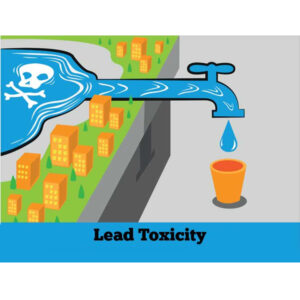Description
An awareness program on lead and its effects was conducted in two different schools. A total of thirty urban school children from South India, with an age group between 4 – 12 years consented for dual blood sampling and reported for the study. Venous and capillary blood samples were obtained simultaneously. Blood lead and zinc protoporphyrin (ZPP) levels were estimated using ESA Lead Analyzer and Haematofluorometer respectively.
A significant correlation between capillary and venous ZPP (r = 0.98) and lead (r = 0.99) was observed. Rank sum test showed that there is no statistically significant difference between capillary and venous ZPP (P= 0.891) and lead ( P = 0.672) values. This pilot study recommends that screening for lead may be done using capillary blood samples since significant correlation is observed between capillary and venous blood measurements.
Obtaining samples using this mode is a non-invasive, less expensive, quick and easy method in children. Appropriately performed capillary sampling may be considered as an acceptable alternative to venipuncture for screening of blood for lead poisoning both in
children and adults.



